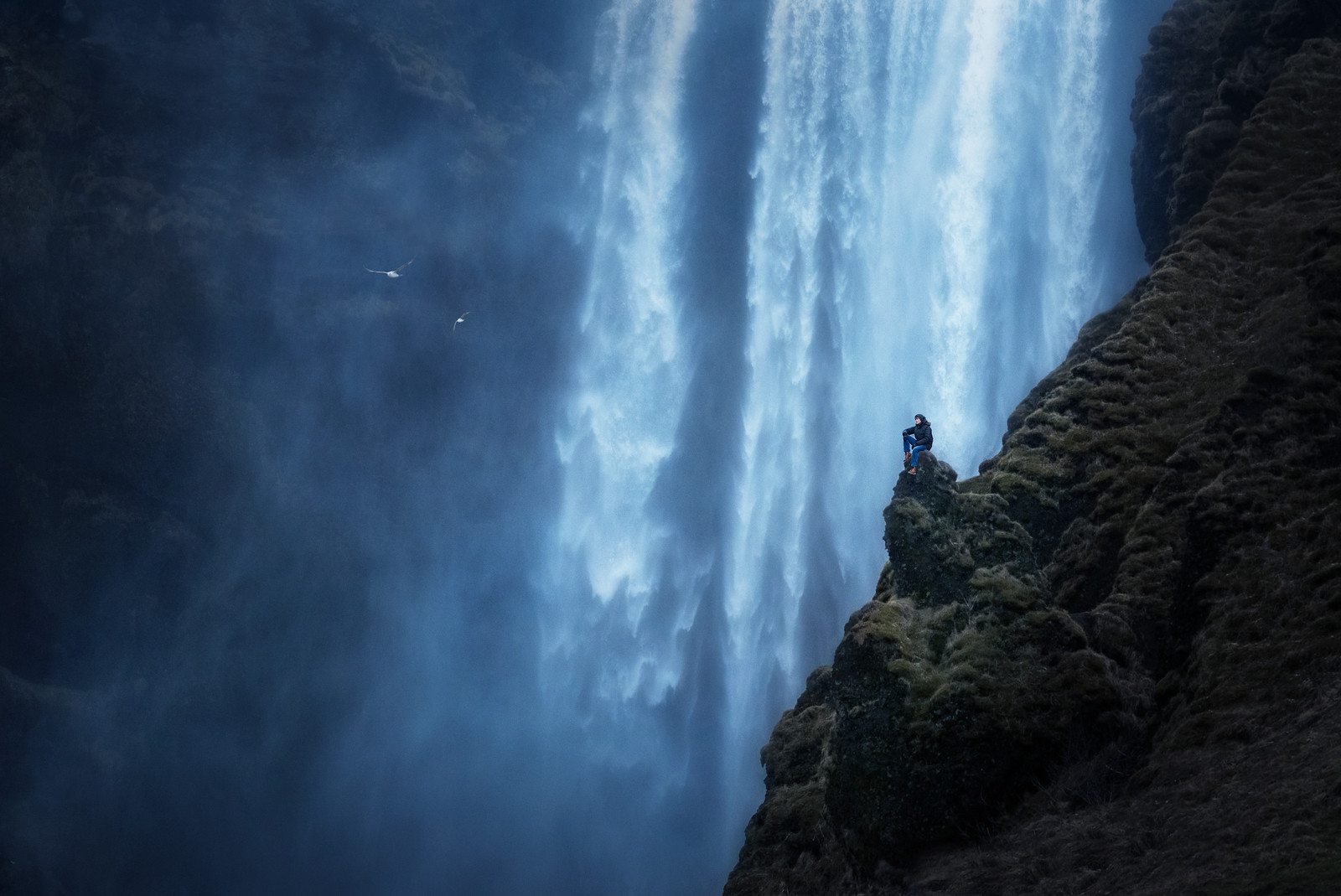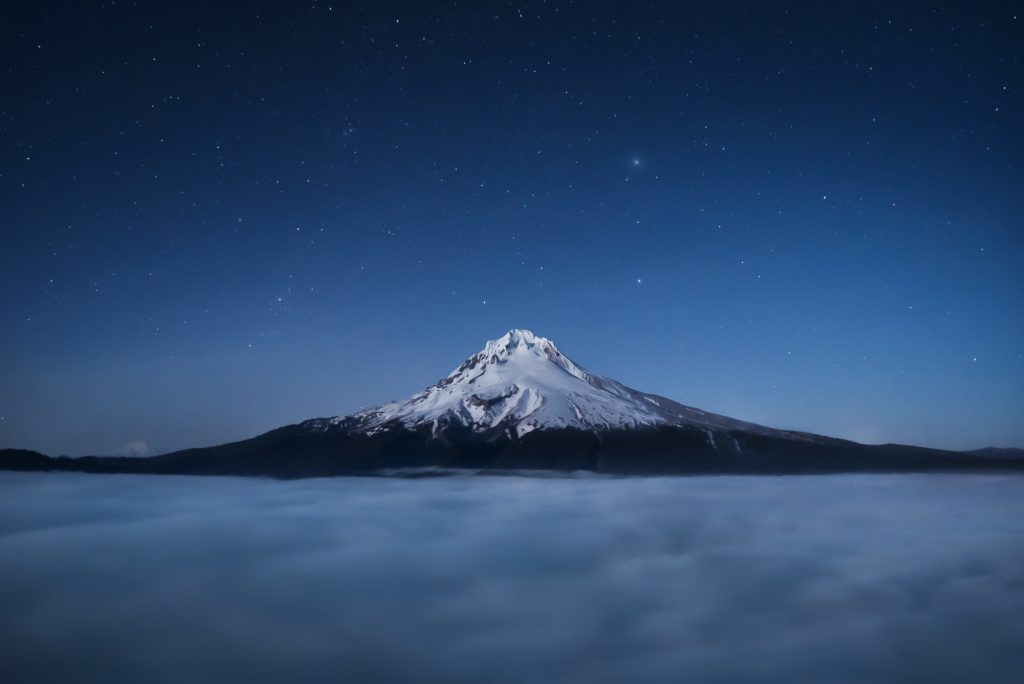Oneonta Gorge Ice Adventure
As an Oregonian, I’m extremely fortunate to live in such a lush and beautiful part of the country. It seems that we have nearly unlimited access to waterfalls and unique river areas. Located just under an hour away from downtown Portland, Oneonta Gorge is one of my favorite spots to not only photograph but also relax at and enjoy on a hot day. With a river flowing amongst it’s beautiful, mossy walls leading to a waterfall, it has also quickly become a global hotspot for not only photographers but as well as for tourists and locals.
Unfortunately, social media has taken it’s toll at Oneonta Gorge so much that even early morning on a summer day there can be hundreds of people squeezing through the channel, thus creating a congested and slightly unpleasant outdoor experience.


While it’s unarguably stunning, as a local photographer, the allure of Oneonta has certainly begun to wear off. Some would say that the Gorge has now become nearly ‘overshot.’ That being said, this past winter I was able to experience it in entirely new conditions and for the first time in a while, felt inspired to revisit it with my camera.
After a week of frigid cold temperatures, many of the waterfalls in the Columbia River Gorge began to freeze over. Curious what Oneonta Gorge might look like, myself and some other photographer friends threw on our chest waders and wetsuits and made our way into the Gorge.
When we got down to the river to begin the hike, we were blown away at how frozen the river had actually become. It ended up being completely frozen and for the most part, we were able to walk over the river only occasionallybreaking through the ice and falling into the water below. Thankfully, we all were well prepared with chest waders and wetsuits so this wasn’t an issue and we made our way through the ice with confidence, at times using our tripods as support.

While walking through the entirely frozen gorge was surreal, I was slightly disappointed. Before arriving at Oneonta, I envisioned shooting a long exposure image of the water flowing through the gorge surrounded by ice but because it was nearly entirely frozen, I was unable to do that except for a few points in the gorge that didn’t work out compositionally.

As we continued through the gorge, we made it to the waterfall. When we arrived, we realized that we were standing on a bed of ice that stood 10 or so feet higher than the river was. For the next thirty minutes or so, we shot the waterfall until we felt our creative options felt exhausted.
In search of a new perspective, My friend Ben Canales braved his way below the ice and we ended up finding a hole that framed the ice. I collapsed my CLT 104 tripod till it was as small as it would go and carefully composed my shot using the hanging icicles to frame the waterfall as well as a fallen icicle as a lead-in to the scene. There was an insane amount of spray from the waterfall and any moisture that landed on the lens would almost immediately freeze. After continually wiping and attempting to thaw the lens, I ended up with a frame that was fairly clean of moisture.

In the end, I didn’t photograph what I initially had in mind but I walked away with a photo that I was proud of and could only have been captured that day. Soon it will be summer and the crowds will return to Oneonta Gorge but I’ll always remember what it was like to walk through the ice and photograph it during such unique conditions.
Incorporating the human element into landscape images
Since entering the world of landscape Photography in 2013, I’ve become fascinated with the human element and how it not only provides a needed sense of scale but how it also strengthens a viewer’s connection to an image. Over the past year or so, I’ve put together a ‘People In Nature’ collection. I’m very proud of many of the images in the collection and I’ve really enjoyed using Induro Tripods while creating the series. Having a high quality and reliable tripod/ball head from Induro was essential for me to get the shots in this series. In this blog post, I’ve included images from my ‘People In Nature’ series and some behind the scenes informationals on how each image was captured.

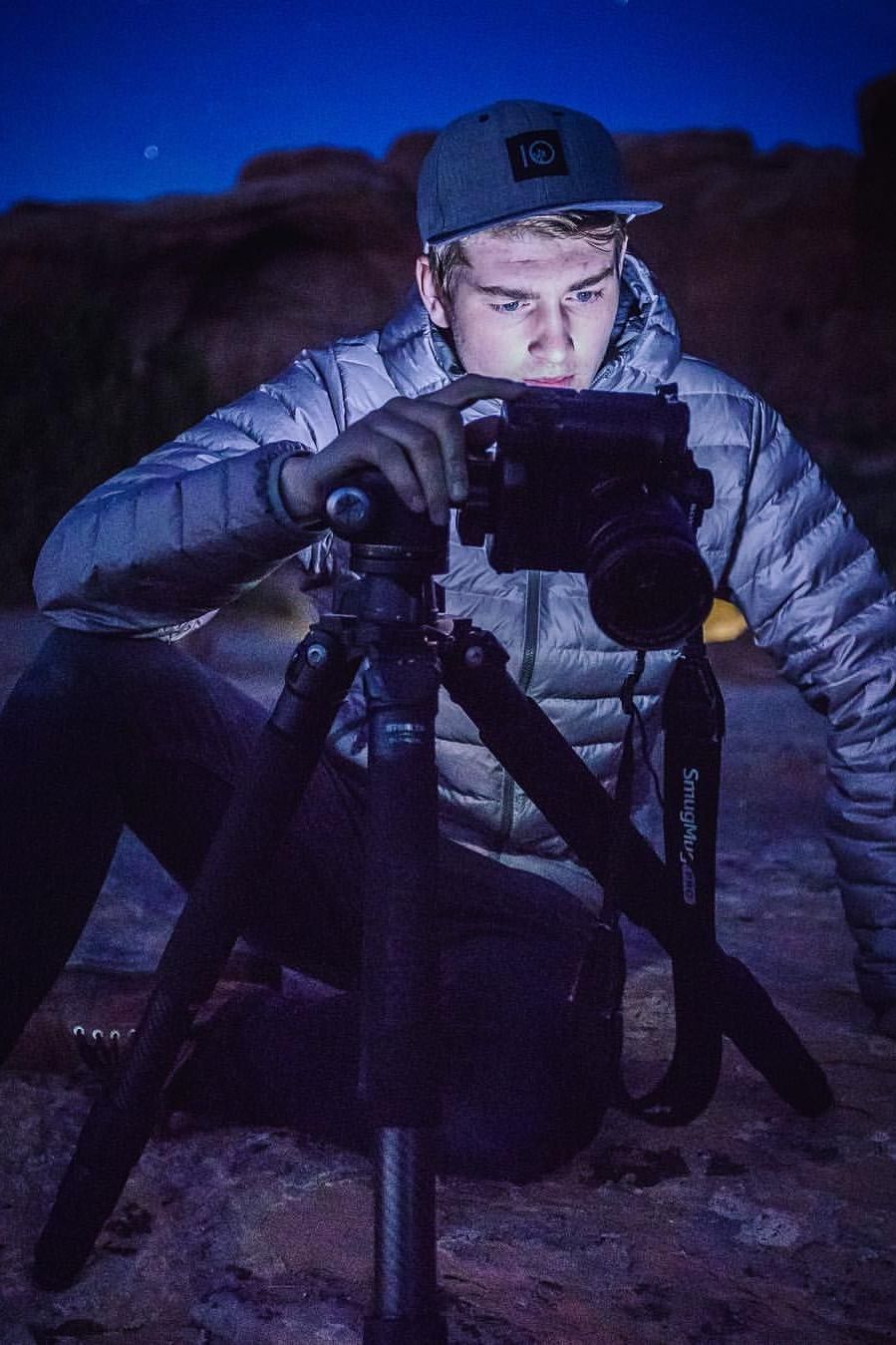
Because the entire image consisted of several layers that were later blended together, I relied on the consistency and stability of the CLT 404.
For this image, I began capturing two blue hour foreground shots at different focus points for maximum sharpness. Without moving the tripod, I then connected my intervalometer remote to my camera and went out near the rock formation for the ‘person layer.’ After that I waited an hour or so for the moon to get into the position I liked and took the sky layer.
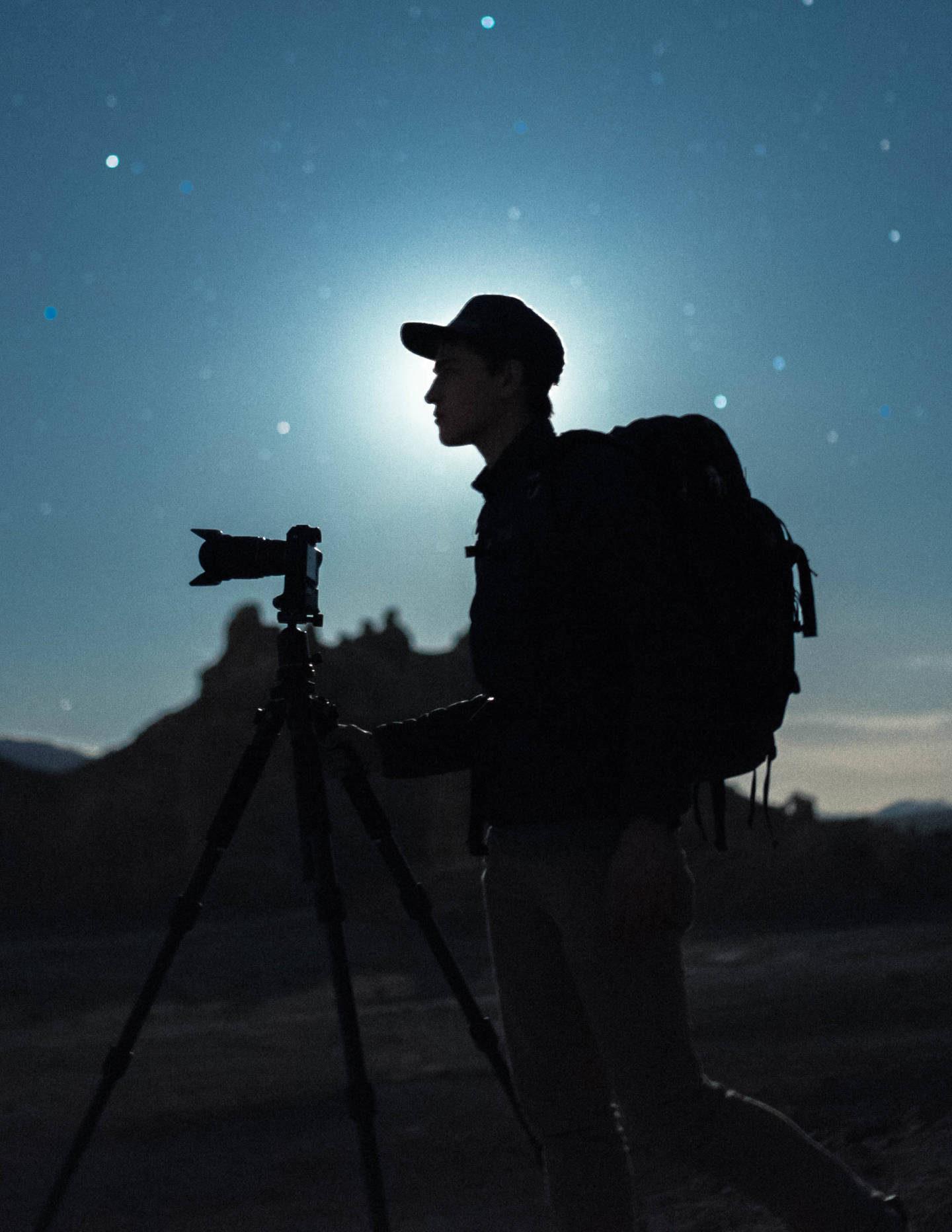
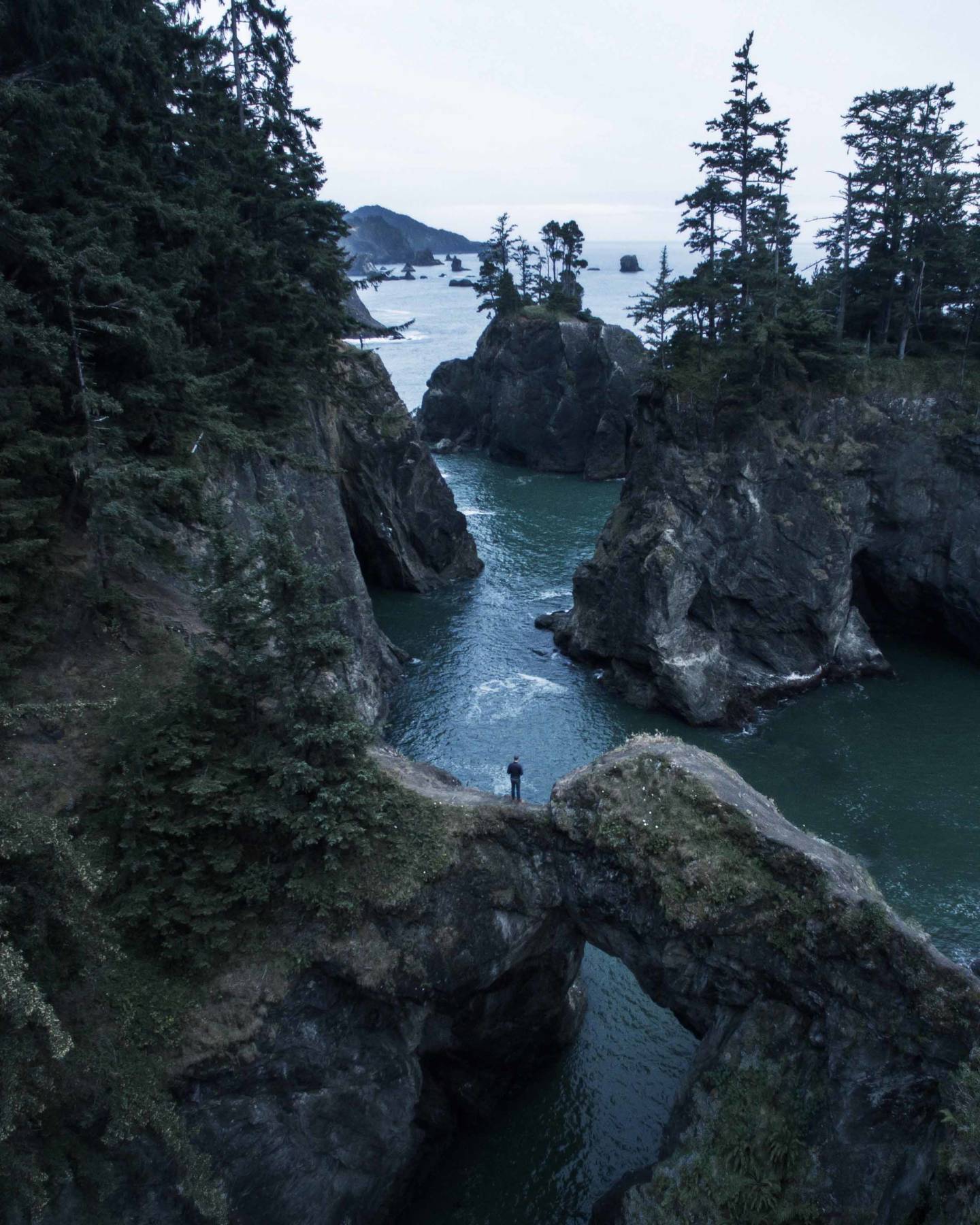
While it’s certainly uncommon to photograph the Milkyway with a moon out, this image is one of my favorites from the series.
Because it was so dark out, I relied on my BHD1 Ball Head to precisely pinpoint and adjust my composition to involve the leading line coming from the bottom left edge of frame.
Once I had my composition set, I locked up the ball head and focused stacked to retain detail in the textures. After that, I shot a layer of my friend Kevin who climbed up below the milky way.
Because the moon was quickly rising, the stars began to fade so having a reliable tripod and ballhead was essential for me to capture what I envisioned for this image.
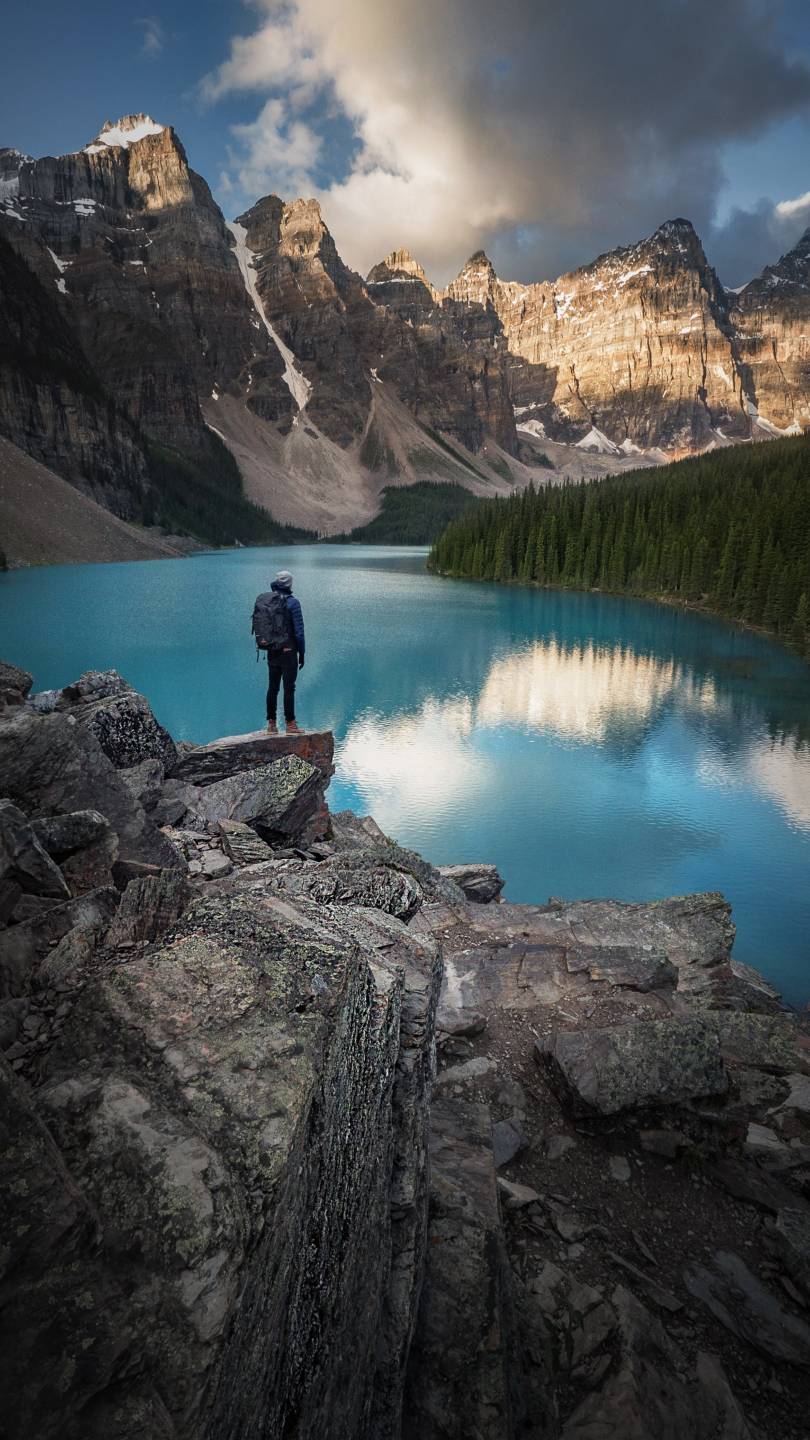
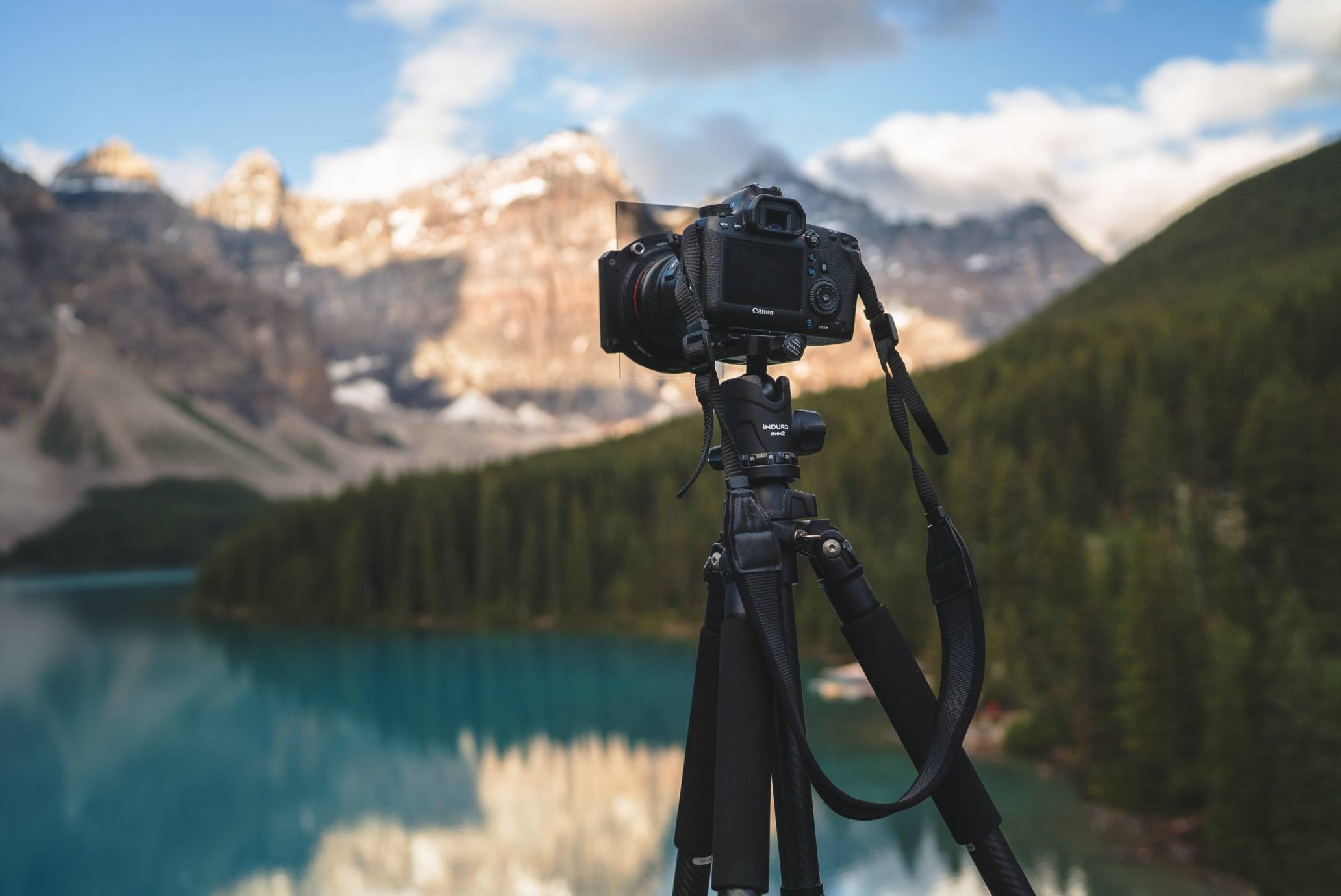
Finally, this image was taken at Moraine Lake during sunrise in the Canadian Rockies. To capture this image, I put on a Gradient ND Filter by Vu Filtersand set my intervalometer remote to take photos every three seconds. As the camera was automatically taking photos on my CLT 204, I climbed out to the rock and tried a variety of ‘poses’ / positions. Because I couldn’t quite see what they looked like from the camera, it was really helpful to take multiple images so that I could find one that worked well with my composition.
I hope you enjoyed the series and the ‘behind the scenes’ informationals.
Portraits of a mountain
Why a Quality Tripod is Essential
While it’s fairly common knowledge that the state of Oregon is most known for being home to a majority of the country’s most beautiful waterfalls, Oregon’s mountains are what inspire me the most--specifically, Mount Hood.

Standing at 11,250 feet, Hood one of Oregon’s largest mountains and in my opinion, the most photogenic. Surrounded by several lakes, peaks and rivers, it’s hard to grow bored shooting such a beautiful and iconic landscape. I’ve spent the past three years shooting Mount Hood from a variety of locations in many different types of conditions.
Many of my favorite images of Mount Hood have been shot at a peak near Hood called TDH located above Mirror Lake on Hood’s southern side. While the view from TDH is in my opinion, the most impressive viewpoint of Mount Hood, it’s certainly not a place you can just drive up to and walk out. To get to TDH, it’s a nearly six mile, roundtrip, vertical climb that often requires snowshoes and even sometimes the general ‘know how’ to reach the summit when the trail has been lost due to high levels of snow. Photographing this mountain so much has helped me grow to realize just how essential a quality tripod is. In this blog post, I’ll be sharing a couple of my favorite images taken from the summit of TDH and I’ll talk about how owning a quality tripod has been essential for me in my efforts.

I went up to TDH for sunrise a morning after a fresh layer of snow blanketed the trees below. On this particular morning, it was hovering at around 10 degrees Fahrenheit. Because I was using the carbon fiber Induro CLT 204, I was able to remove my thick and cumbersome gloves and roam around the summit, setting up several shots and fine-tuning my compositions with ease. This would have been really hard to do if I was using an aluminum tripod as it would have been painfully hard to hold in the bitter cold. The 204 allowed me to stably capture quality exposures at f/18 which would have been impossible to do if I was handheld.

A couple years ago, I was on a flight returning to Portland at night. I remember looking out the window being above the clouds and seeing a mountain stand above it all. The image of a mountain above the clouds stuck with me and as I got more and more into photography I strived to capture something similar. To get a photo of Mount Hood above the clouds, I needed to find a day when an inversion was likely to happen. After seeing potential for my dream shot to happen, I packed my backpack with a tent, a camera body, a few lenses, sleeping bag, and some food and in hopes of it clearing and a layer of fog forming overnight. Needless to say, having the Induro CLT 104 was essential to keeping the hike up as low weight as possible while hauling up overnight equipment. Due to a late night pee break outside my tent, I realized my prediction came true and I was above a thick layer of fog and Mount Hood stood above.

Because I needed to camp overnight, packing a lightweight yet stable tripod along with the rest of my gear was essential. For overnight/extended backpacking trips, I prefer my CLT 104. With a heavier tripod, I’d compromise the amount of camera gear I could bring so I’m especially thankful that there is a tripod that perfectly fits my needs in these situations.

